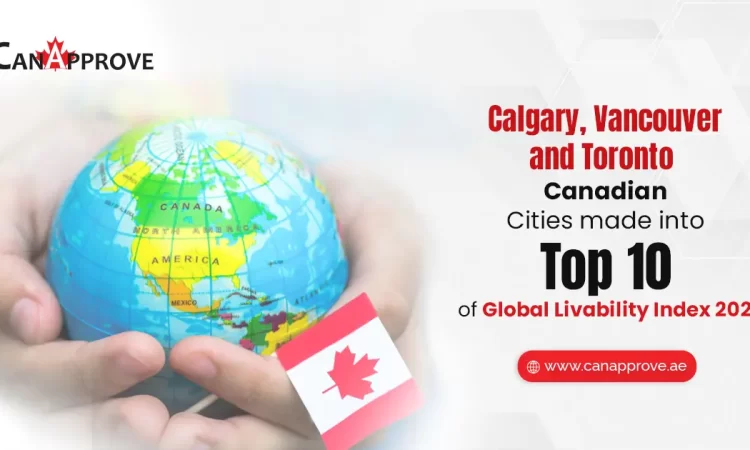The latest British Columbia PNP draw on July 12 issued more than 164 invitations to apply for Canadian immigration. The westernmost province invited a majority of profiles through a general stream draw and the remaining through two occupation-specific draws supporting the health and education sector.
Additionally, on July 19, BC PNP also held a targeted tech stream draw along with another set of targeted occupations supporting the health and education sector.

Take this free assessment online to determine your eligibility for immigration to Canada.
British Columbia PNP general stream
The latest British Columbia PNP draw targeted 132 profiles managed through the Skills and Immigration Registration System (SIRS). Registration and profile assessment under SIRS is based on education, work experience, and language skills from the core selection criteria.
All the invited profiles had a qualifying score in the range of 78 to 130 points.
Candidates qualifying under general draws must have a job offer or a current job to qualify, except for international graduates. However, profiles invited through the Express Entry British Columbia Stream need not have a job offer in the province.
British Columbia PNP Tech stream
The latest British Columbia PNP draw targeted 139 profiles under the tech stream to apply for provincial nominations. All the invited profiles had a qualifying score of 85 points.
The British Columbia PNP tech draw is a fast-track, employer-driven immigration stream for the immigration of talented candidates with work experience in one of the in-demand tech occupations.
Some in-demand tech occupations in British Columbia include
- Web designers & developers
- Graphic designers, and illustrators
- Software engineers and designers
- Civil Engineers
- Mechanical Engineers
- Chemical Engineers
- Software Engineers
- Tech Managers
British Columbia PNP draws: occupation-specific draws
The occupation-specific latest British Columbia PNP draw targeted two specific occupations on July 12:
- 22 early childhood educators (NOC 4214) with scores of at least 60;
- 10 healthcare professionals with a score of at least 70;
- Less than five professionals as healthcare assistants (NOC 3413), animal health technologists and veterinarians (NOC 3114 and NOC 3213) with scores of at least 60.
The occupation-specific latest British Columbia PNP draw targeted two specific occupations on July 19:
- 18 early childhood educators (NOC 4214) with scores of at least 60;
- 08 healthcare professionals with a score of at least 70;
All the invited profiles qualified for any of the sub-categories – Skilled Worker and International Graduate.
It would mean that candidates required work experience and a job offer in the province to qualify. Additionally, if you had studied at any institution in British Columbia, you could be invited through the Graduate category without a job offer.
Receive Provincial Nominations & Apply for Canada PR
The latest British Columbia PNP draw nominations are valid for approximately six months from the date of confirmation.
A successful provincial nomination can lead to Canadian permanent residency. You can apply with IRCC under the Provincial Nominee Class and receive an invitation to apply for permanent residence through fortnightly Express Entry nomination draws.
Click here to read more about it.
A certified consultant like CanApprove can improve your chances of qualifying for Canadian immigration.
You may book a free appointment with us to explore suitable immigration pathways and determine your eligibility based on work experience and academic profile.














